According to the National Hospital Quality Measures Manual, core temperatures outside the normal range pose a risk in all patients undergoing surgery. The Clinical Guidelines for the Prevention of Unplanned Perioperative Hypothermia by the American Society of PeriAnesthesia Nurses has published research that correlates impaired wound healing, adverse cardiac events, increased infection, altered drug metabolism, and coagulopathies with unplanned perioperative hypothermia. Here are some uses and non-uses for your medical warming cabinet.
TOP 5 USES FOR MEDICAL WARMERS
1. Blanket Warming: Warm blankets not only ensure patients feel comfortable and cozy in medical facility, but also help prevent preoperative and postoperative hypothermia as well as decreasing hospital recovery time. Using warm blankets on patients also helps ease anxiety before surgery to give them a feeling of security before undergoing surgery.
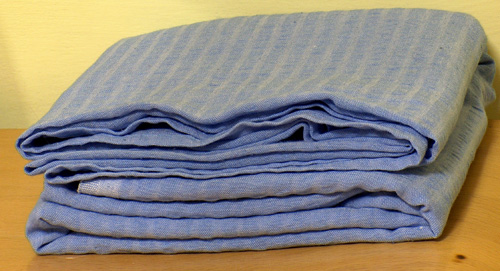
2. Irrigation Solutions: A key purpose of an irrigating solution is to maintain both the anatomic
and physiologic integrity of intraocular tissues. Keeping irrigation solutions warm, like blankets, helps prevents preoperative hypothermia, decrease post-operative recovery time, as well as the added benefit of providing the optimum wound healing environment and comfort with the procedure and to foster a positive patient experience.
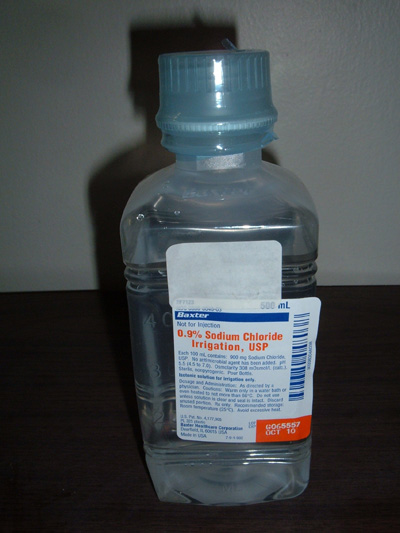
3. Intravenous Fluids: Intravenous therapy may be used to correct electrolyte imbalances, to deliver medications, for blood transfusion or as fluid replacement to correct, for example, dehydration or chemotherapy. Keeping these fluids warm also ensures the patient maintains the optimal internal temperature and feels comfortable during procedures.
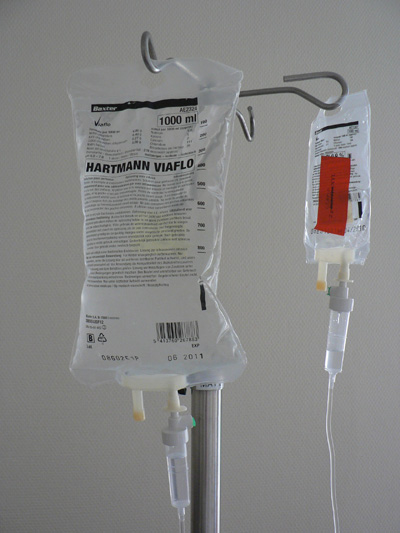
4. Injection Fluids: Each time fluids are injected, medical officials must be sure it is warm to keep the body’s temperature at the normothermia state for maximum recovery rate.
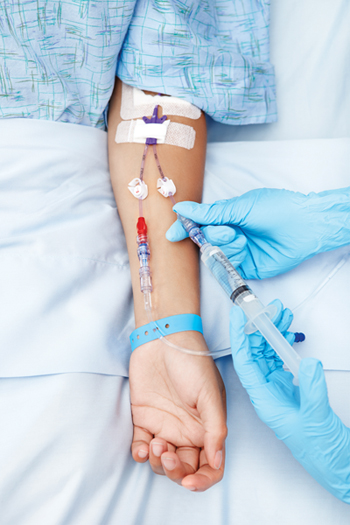
5. Blood: Often used in emergency settings, operating rooms, and intensive care units, blood is warmed to prevent hypothermia. It also ensures the temperature is safe for infusion.

TOP 5 NON-USES FOR MEDICAL WARMERS
1. Socks: First of all, although you can heat warmer-safe blankets, warmers are not for use with keeping your personal socks warm on a cold day.
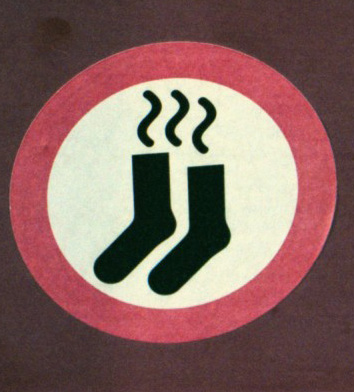
2. Scrubs: Although it may seem tempting at times, putting your scrubs in the warming cabinet isn’t the brightest idea, for your safety and ours!
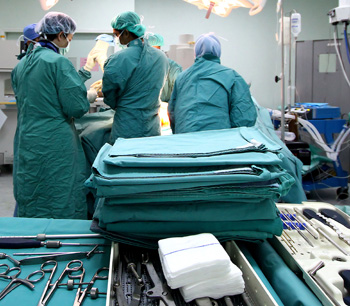
3. Stuffed Animals: You may get a request from that cute little girl in pediatrics who just wants her teddy bear to feel more warm and fuzzy, but unless you want a half-baked teddy bear, that’s a no-no!
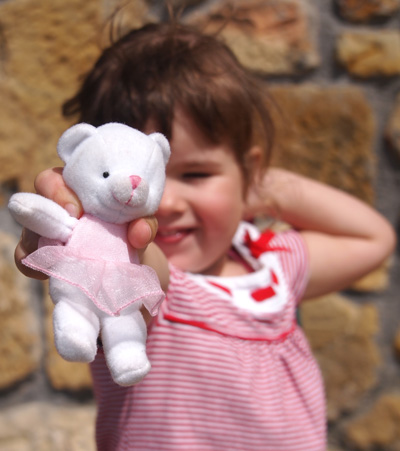
4. Food: We all have those days where we are running late and there is just no time for breakfast. At times like this, your facility’s warming cabinet may just look like an over-priced, large oven waiting to heat up your cold bagel. But again, food is another thing that should not be placed in the warming cabinet.

5. Drinks: Some days you may be all over your medical center and think putting your coffee in a warmer is the only way to ensure it stays warm. Well, unless you want a patient’s blanket to smell like a Starbucks coffee shop, we suggest you stick to the microwave!

Now that you know what to put, and what not to put in a warming cabinet, come check out our full-line of medical warming cabinets and see which warmer is best for your hypothermia prevention needs!
FHC Blanket Warmers
"Maintain Perioperative Normothermia in Surgical Patients." Maintain Perioperative Normothermia in Surgical Patients. The Institute for Healthcare Improvement (IHI), 1 Jan. 2014. Web. 17 Dec. 2014. <http://www.ihi.org/resources/Pages/Changes/MaintainPeriopNormothermiaSurgicalPts.aspx>.